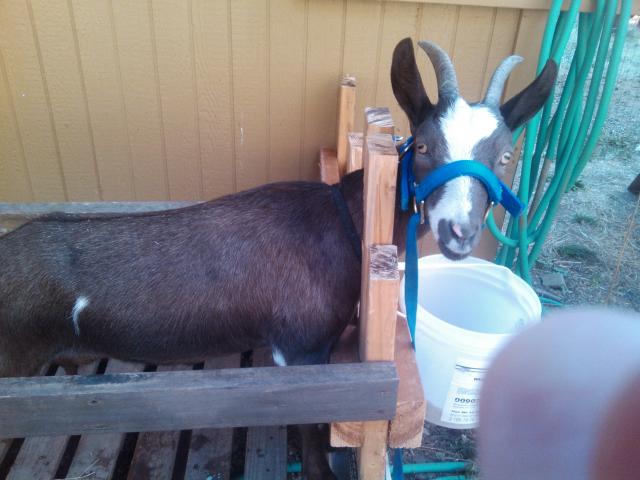Salsa Verde and Tomatillos
Unknown
1:22 AM
About a quart or so purple tomatillos ended up in my refrigerator. So when I saw someone selling the fruit, I decided to ask how they water-bathed canned their fruits. They were more than happy to share their recipe with me, which I'm sharing with you. (I ended up buying peppers from them, so they made money on me.)
4 cups of finely chopped tomatillos (use food processor), husks removed
6 cloves garlic, minced
2 small jalapenos, chopped.
2 tsp salt
1 Tbsp garlic powder
2 Tbsp lemon juice
Mix all ingredients and set on stove. Cook until boiling, stirring frequently. Remove from heat and pour into pint jars with 1 Tbsp of lemon juice per jar. Fit lids and process in a water-bath canner for 10 minutes (add 10 minutes for altitudes above 4000 ft or follow your canner's altitude instructions.
Let sit on shelf for at least 2 weeks to allow the flavors to mix.
4 cups of finely chopped tomatillos (use food processor), husks removed
6 cloves garlic, minced
2 small jalapenos, chopped.
2 tsp salt
1 Tbsp garlic powder
2 Tbsp lemon juice
Mix all ingredients and set on stove. Cook until boiling, stirring frequently. Remove from heat and pour into pint jars with 1 Tbsp of lemon juice per jar. Fit lids and process in a water-bath canner for 10 minutes (add 10 minutes for altitudes above 4000 ft or follow your canner's altitude instructions.
Let sit on shelf for at least 2 weeks to allow the flavors to mix.










![Thanksgiving Turkey Recipe -- Cider and Orange Turkey Brine [Recipe]](https://blogger.googleusercontent.com/img/b/R29vZ2xl/AVvXsEg-NN0qzj9e48aEwNBu040UqaxTGKK6LxyfNSaQHeyLymtUq3tL6MI8HO-nc07TEO3ZXmQUQyJ4AC3Z63IQ0DXmE498tiYwuIvA0Ncri-Mr60L4Sqfz3P0MIjc6VjnYpFrOu5lAw8rmAqw/w72-h72-p-k-no-nu/Thanksgiving+Recipe.jpg)